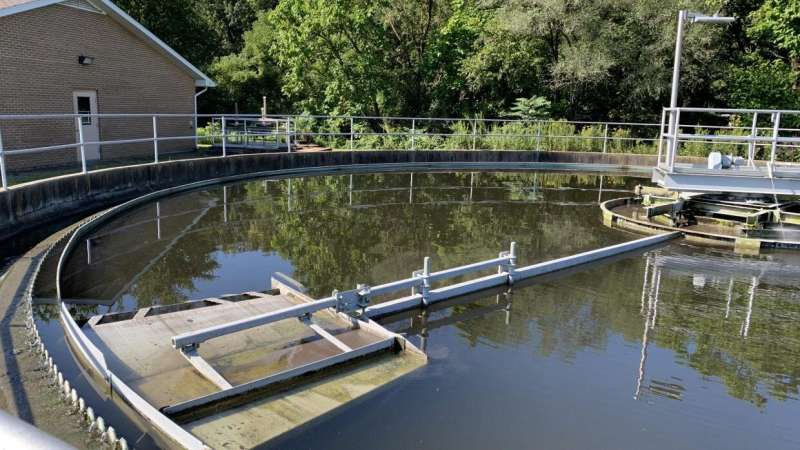Credit: NYU Tandon School of Engineering
SARS-CoV-2, the virus responsible for the COVID-19 pandemic, is an enveloped virus in the coronavirus family that has been found to replicate in the respiratory and gastrointestinal tracts. While primary transmission of coronaviruses is through respiratory droplets, questions have been raised in the water and wastewater sector about persistence and disinfection of viruses in solution. In response to this need, Assistant Professor Andrea Silverman, in collaboration with Professor Alexandria Boehm of Stanford University, recently published a "Systematic Review and Meta-Analysis of the Persistence and Disinfection of Human Coronaviruses and Their Viral Surrogates in Water and Wastewater" in the journal Environmental Science and Technology Letters.
"While it is not believed that water and wastewater play an important role in coronavirus transmission, there is still a need to understand the fate of these viruses outside the human host, including their persistence in water and wastewater, and inactivation with exposure to commonly used disinfectants," writes Silverman, who has joint appointments in NYU Tandon's Department of Civil and Urban Engineering and the Department of Global Health at the NYU School of Global Public Health. "A greater knowledge of coronavirus decay rates in wastewater may also inform wastewater epidemiology, which has been suggested as a way to estimate disease burden or trends within the population."
To conduct the study, Silverman and Boehm combed the existing peer-reviewed literature to compile and collate quantitative information on rates of decay of coronaviruses in aqueous environments including water and wastewaters, with and without exposure to free chlorine and UV light, which are common water and wastewater disinfectants.
Based on coronavirus decay rates identified in the systematic review, the research team found that, in the absence of disinfectants, coronavirus inactivation rates were similar to those of non-enveloped viruses (e.g., enteroviruses, adenoviruses, noroviruses), which are more often studied in water environment and are used to benchmark exposure risks. The research team also found that there is very limited data available on coronavirus disinfection rates with chlorine and UV. Nonetheless, evidence suggests that coronavirus disinfection rates are similar to or greater than those of the non-enveloped viruses, and that disinfectant doses recommended by the US Environmental Protection Agency for other viruses will likely lead to effective disinfection of coronaviruses as well.
In addition to SARS-CoV-2, there are other viruses in the coronavirus family can present human and veterinary health risks; the findings of Silverman and Boehm 's study are applicable to these viruses as well. Overall, they conclude, "there is very little data available in the literature on coronavirus inactivation in aqueous solution with exposure to disinfectants. There is therefore a critical need for additional studies. . . . Additional research on the persistence of coronaviruses in water, as well as in the presence of sunlight, will further our understanding of their fate outside of the human body."
More information: Andrea I. Silverman et al. Systematic Review and Meta-Analysis of the Persistence and Disinfection of Human Coronaviruses and Their Viral Surrogates in Water and Wastewater, Environmental Science & Technology Letters (2020). DOI: 10.1021/acs.estlett.0c00313
Journal information: Environmental Science & Technology Letters
Provided by NYU Tandon School of Engineering
























